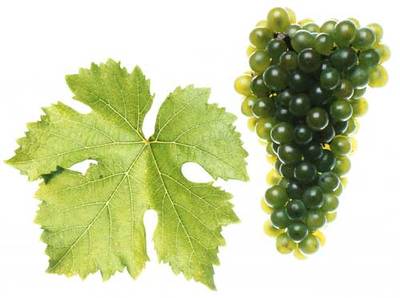OUR ZIERFANDLER
To create a perfect Zierfandler wine auto of this autochthonous variety is a special challenge. Depending on the year and also as we need it we make the wine sometimes dry, sometimes sweet, but basically always in quality and premium wine quality, at least with 19° KMW.
Especially in the halfsweet quality the wine shows its exotic aromas very intense. The wines are usually quite strong and structured with a balanced tannin structure. It is matured in stainless steel vats and wooden barrels.
Dining companion for: wild, dark meat, Asian cuisine, possibly even dessert
Alcohol: 12,5-13,5% Vol
Residual sugar: sweet
Vineyard: Schwaben/Doktnerin
Drinking temperature: 8-10° C
General information for the Zierfandler
Zierfandler is also known as Spätrot due to its grapes are turning red in the fall. This is an indigenous white variety with limited distribution, not to be mixed with the red variety Zinfandel, that is mostly grown in California and which corresponds to the Primitivo in Italy. It is found almost exclusively in the Austrian wine region Thermenregion. Only in the best vineyards in and around Gumpoldskirchen this vine is planted. The Zierfandler tolerate calcareous, rich soils and become high-quality, extra-rich wines with a delicately aromatic, often with an exotic bouquet, elegant acid and good storage ability. Depending on the year significant differences in quality may occur. The Zierfandler is often blended with the Rotgipfler, planted or mixed. Auslese, Beerenauslese and Trockenbeerenauslese of Zierfandler can be found among the European best sweet wines!
A small encyclopedia
KMW: Klosterneuburger must scale – With that number the sugar content in the grape juice is indicated in weight percent.
More info at: www.wikipedia.org
BSA: Malolactic fermentation – by the addition of starter cultures (bacteria), the malic acid, a part of the total acid in wine, is largely reduced to lactic acid and CO2. Thus, the total acidity is reduced, and in addition it gaves the wine richness and complexity.



